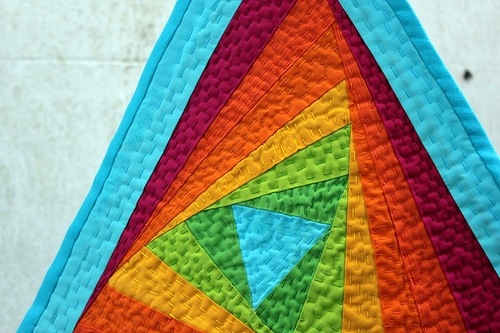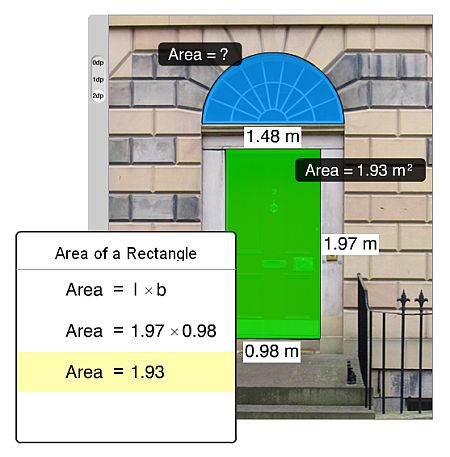
Image Source
Learning Intention: You will understand that angles are measured in degrees and be able to name and identify different types of angles and triangles. You will be able to use a protractor effectively and be able to estimate angle sizes.
Success Criteria: You will be able to estimate, draw, measure and identify angles measured in degrees. You will be able to identify, name and draw triangles by side length and by angle size.
This term we will start by measuring angles, using a “rotogram” and then a protractor. You will all need your geometry kit this semester – compass, sharp grey lead pencil, protractor and a good ruler.
What are acute, right, obtuse, straight and reflex angles?
What are equilateral, isosceles and scalene triangles?
What are acute, right and obtuse triangles?
Can you have an equilateral right angled triangle or an obtuse equilateral triangle?
Can you have an obtuse isosceles triangle or a right-angled isosceles triangle?
Task 1: Work in a group of three. Each person should draw and cut out six copies of an equilateral, isosceles or scalene triangle, using different coloured paper. Share your shapes so that each person in the group has two of each type of triangle. Now, tear off the corners of one of each type of triangle and match up the corners to demonstrate the sum of the angles in a triangle.
Task 2: Do the same for acute, obtuse and right angled triangles. Do you think the sum of the angles in a triangle will always be the same? Can you explain why? Do you think the same would be true for quadrilaterals, pentagons and hexagons etc?
The Maths Masters have written a very interesting article in The Age about the triangles in Federation Square.
Read more →







